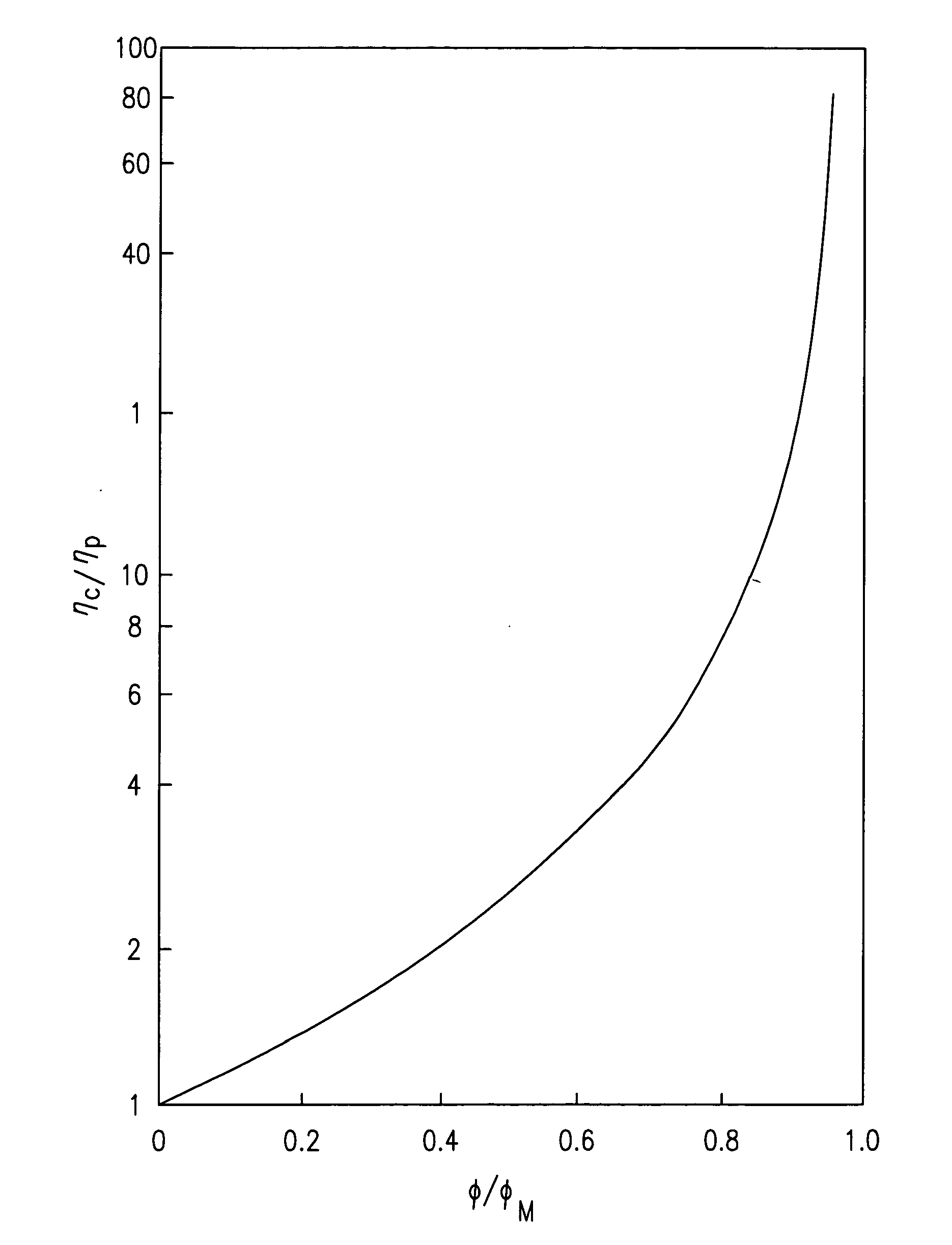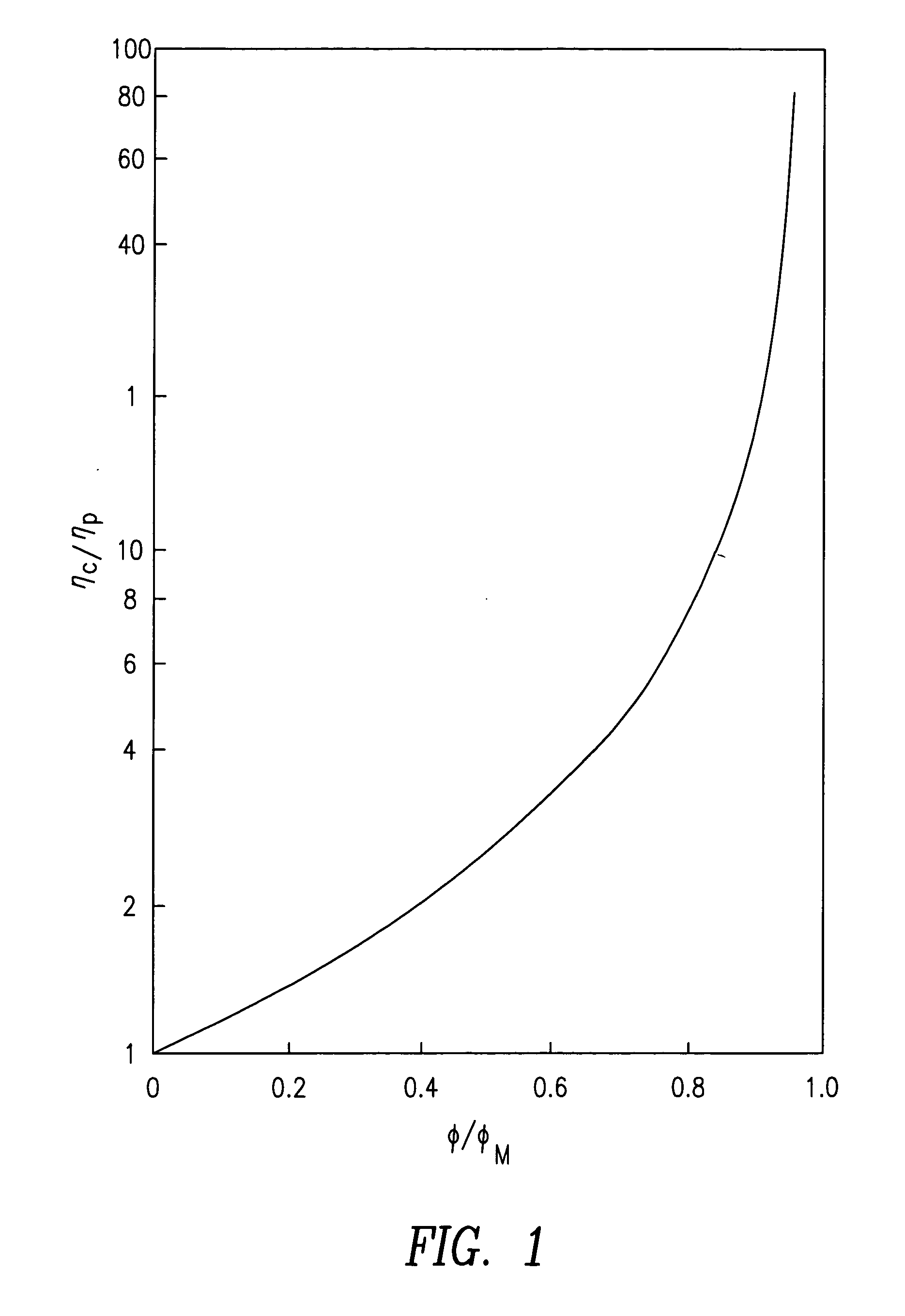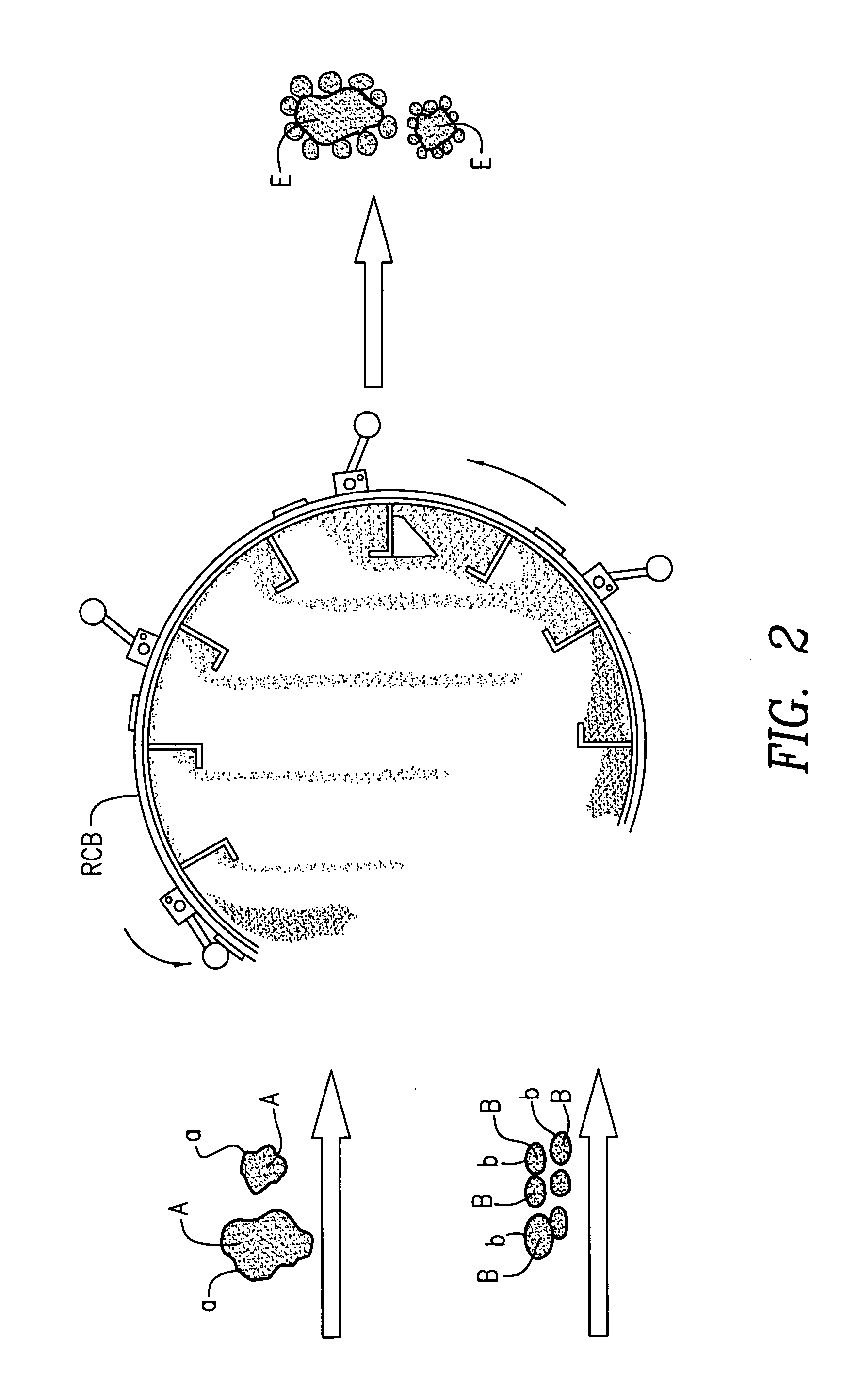Netshape manufacturing processes and compositions
a manufacturing process and composition technology, applied in the field of energy production, can solve the problems of reducing reducing the efficiency of energy production, so as to achieve the effect of improving the energy density of products and lowering the maximum energy density
- Summary
- Abstract
- Description
- Claims
- Application Information
AI Technical Summary
Benefits of technology
Problems solved by technology
Method used
Image
Examples
example 2
[0125] Particle A is acetaminophen and B is powdered poly(vinyl acetate). The oppositely charged polymer particles surround and agglomerate on the drug. The formulation is employed to modulate the pharmacological release of the active drug.
[0126] The advantages of triboelectric clustering according to the present invention are that no viscous liquid binder is required, mixing and filling are simplified, A and B are in close proximity, the combined powders A and B are flowable and there is a degree of control of the proportions of B to A (“stoichiometry”).
[0127] Magnetic Clustering
[0128] As is well known, a collection of iron particles can be magnetized and will adhere to one another. This is an unstructured array of one type of particle. Typically, the powder becomes an agglomerate and does not flow. This is undesirable for the present invention which seeks a flowable bicomponent powder. Magnetic particles with permanent magnetic moments (ferrites, iron powder, etc.) attract one ...
example 1
[0131]“A” is a 100 μm diameter particle of barium ferrite. “B” is an organic polymer containing or coated with numerous nanoparticles of SPM ferrous ferrite, Fe3O4.
[0132] The barium ferrite is premagnetized, and thus retains a remnant magnetism. This is the attractor for particles of B which cluster around the A particle, held by magnetostatic forces.
[0133] If A is not an intrinsically magnetic material, it can be coated with a layer of attached material containing a ferrimagnet such as barium ferrite.
[0134] Magnetic clustering in accordance with the foregoing method can be used to combine A and B into a dry flowable composite suitable for the manufacture of many materials including energetics and explosives.
[0135] Chemical Reaction or Fusion
[0136] Now referring to FIG. 7, clustering may be achieved by heating a charge of different sized particles A and B and polymer D above the glass transition temperature of the coated polymer to form fusion points 10 between particles. Alter...
PUM
| Property | Measurement | Unit |
|---|---|---|
| bimodal size distribution | aaaaa | aaaaa |
| bimodal size distribution | aaaaa | aaaaa |
| size | aaaaa | aaaaa |
Abstract
Description
Claims
Application Information
 Login to View More
Login to View More - R&D
- Intellectual Property
- Life Sciences
- Materials
- Tech Scout
- Unparalleled Data Quality
- Higher Quality Content
- 60% Fewer Hallucinations
Browse by: Latest US Patents, China's latest patents, Technical Efficacy Thesaurus, Application Domain, Technology Topic, Popular Technical Reports.
© 2025 PatSnap. All rights reserved.Legal|Privacy policy|Modern Slavery Act Transparency Statement|Sitemap|About US| Contact US: help@patsnap.com



